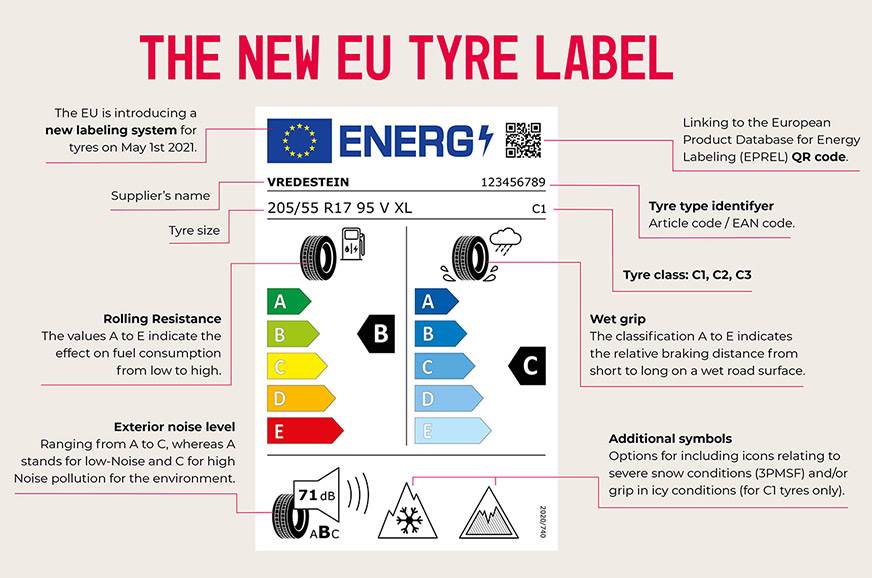The Ministry of Road Transport and Highways (MoRTH) has issued a draft notification, proposing new tyre norms. These norms would be incorporated as a part of the Automotive Indian Standards (AIS) 142:2019 as an amendment, subject to clearance and no objection.
- Existing tyres designs to meet norms by October 2022
- Norms lay out new requirements for rolling resistance, wet grip, and rolling sound emissions
The proposal states that tyres of all cars, buses and trucks shall meet the requirements of rolling resistance, wet grip, and rolling sound emissions, in line with the Stage-II limits of the European regulations.

New norms to come in place from October 2021 for new tyre designs
The Ministry has opened a one-month window, inviting suggestions and objections to the draft notification, failing which, the proposed standards will become applicable for all new tyre designs supposed to be introduced in the Indian market, on October 1, 2021, and for all other existing tyre designs across the three vehicle segments, by October 1, 2022.
After starting off with an amendment in the AIS, the regulations will eventually be included in the Bureau of Indian Standards (BIS).
Aimed at improving safety and making road transport more fuel efficient
While the purpose of these norms is being cited to “enable the user to make an informed decision”, whenever he or she is in the aftermarket to buy a new set of tyres for their car, the larger objective is to ensure road safety, and economic and environmental efficiency of road transport by promoting fuel-efficient and safe tyres with low noise levels as well.
MoRTH has explained that the rolling resistance of tyres has an influence on fuel efficiency, while wet grip is related to the braking performance of tyres under slippery / wet conditions such as during the rains. Moreover, the rolling sound emission of a tyre is related to the sound emitted from the contact between the tyres in motion and the road surface.
Coinciding with the MoRTH draft notification is the NABL certification granted to Indian tyre manufacturer Apollo Tyres to conduct wet grip and coast-by-noise tests on track. The company is the first tyre manufacturer to have been accredited with ISO/IEC 17025 for carrying out these tests.
Gearing up infrastructure
The new proposal is linked to the Indian government’s plans to implement a ‘Star Rating’ system for tyres in the country, in line with the ‘Tyre Labelling’ regulations (UNECE R 117) in Europe. Testing capabilities at the nodal automotive test agency in the South – Global Automotive Research Centre (GARC) in Chennai – have been strengthened to pioneer these tyre labelling and certification tests in India.
Furthermore, the Manesar-based International Centre for Automotive Technology (iCAT) had also set up its NABL-accredited tyre test lab in 2018, in order to offer tyre approval and conformity of production certifications, as per the CMVR, UNECE R 117 and AIS 142 standards.
Also see:
MoRTH mandates fitment of GPS trackers on all oxygen transport vehicles
Government considers ‘IN’ registration series to ease interstate vehicle transfers
India’s vehicle scrappage policy explained
MoRTH proposes 25 percent road tax concession against scrappage certificate

